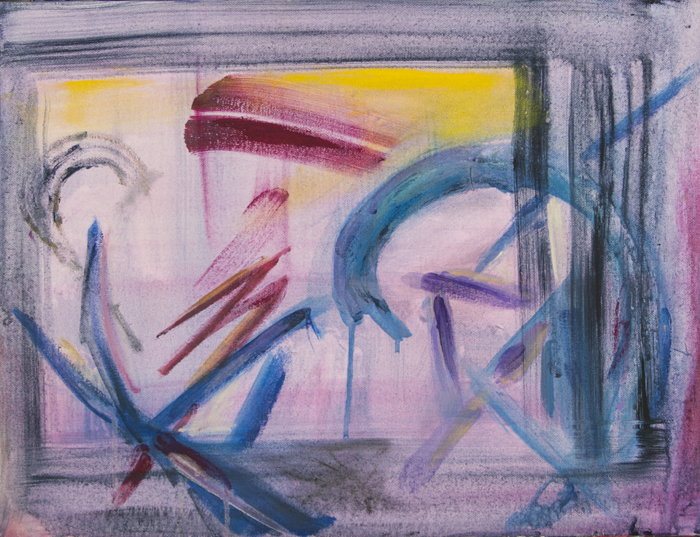About
KPBS AIRDATE: March 23, 1994 >
It’s as bad as you always thought. Your worst fears realized. You can get unspeakable diseases from sitting on public toilet seats. Especially those in public schools. In this way, Anna, a first grade teacher, has contracted the dread, incurable ATS, Acquired Toilet Syndrome. In a desperate, last-ditch effort, she travels to Europe with her devoted brother, traipsing all over the Continent in search of one final, end-of-the-line treatment, a weird, way out-there, experimental urine-drinking affair.
If it sounds a little silly, it is. But if it also sounds a bit familiar — in a warped way — it is. “The Baltimore Waltz” is Paula Vogel’s dreamscape, an 80-minute, multi-scene fantasy created in memory of her brother, who died of AIDS in 1988. It’s the planned Europe trip they never took, twisted to hilarious unrecognizability, but dead-on in its dark, unnerving humor. In 1992, the piece won an Off-Broadway Obie Award for Best Play.
With a hospital bed as centerpiece, “Baltimore Waltz” has Anna and Carl in the spotlight, with a host of medical, security, anarchistic and sexual stereotypes slouching, careening or parading past.
Carl, a multilingual librarian, gets a pink slip for wearing a pink triangle, the Holocaust badge of a homosexual. He carries a toy bunny and has clandestine meetings with mysterious men worldwide. As Anna goes through Kubler-Ross’ six stages of dying, she tours Europe on her back, as it were, making up for a lifetime of lost sexual opportunity. There is no funding for research into her deadly disease; no support from the NIH, CDC, NEA or PTA. “It’s not a crime,” her brother cries. “It’s an illness.” She doesn’t want anyone to know, but she does take certain precautions not to transmit the disease (she repeats the precautionary litany: Don’t Sit, Do Squat).
The scenes are snapshots, the pace is frenetic, and director Christina Courtenay and her cast manage to maintain an excellent balance between humor and sarcasm on the one hand, and despair, hopelessness, and fear on the other. The piece never gets maudlin, though it is disturbing — and touching — at the end. But up to that point, it’s almost a nonstop laugh-fest, with Ron Choularton playing about a dozen riotous, wigged out, rubber-gloved, heavily-accented characters, with Claudia Orenstein incredibly credible as the anxious and frazzled Anna, and with the very versatile Duane Daniels being the centered, stalwart fulcrum of the piece — Carl, who turns out to be the sick one after all.
There are innumerable references and illusions, in the text and the direction — from Betsy Wetsy and Kubler Ross to Dr. Strangelove, Spy vs. Spy, HMOs and Inspector Clouseau. At the hectic, dream-pace that everything flies by, and with all the accents and dialects, you may not catch every word or nuance, but the message is clear. And it’s set in a clean, clear production, fairly elaborate for the Fritz, and extremely well executed. As was proved up in Poway last week, in a powerful Pasadena production of “Joined at the Head,” you don’t have to get mawkish in discussing disease. You can convey all the sentiment without sentimentality. Bathed in a darkish light, perhaps, but still dripping with humor.
I’m Pat Launer, for KPBS radio.
©1994 Patté Productions Inc.





